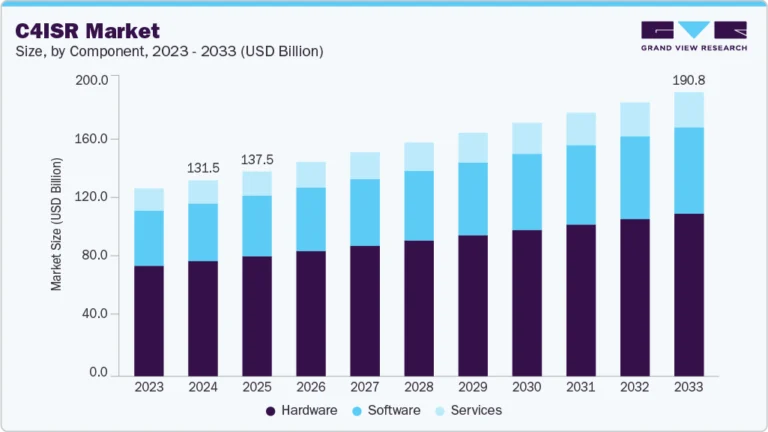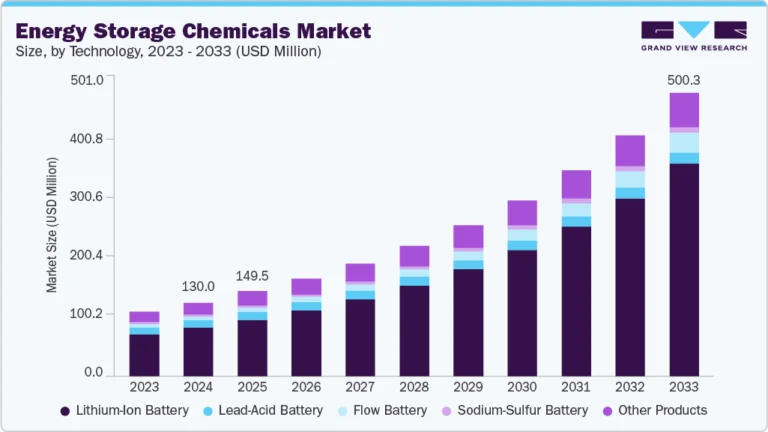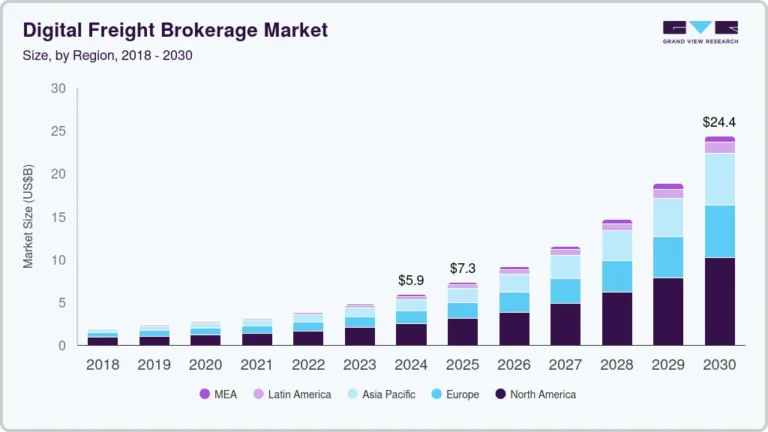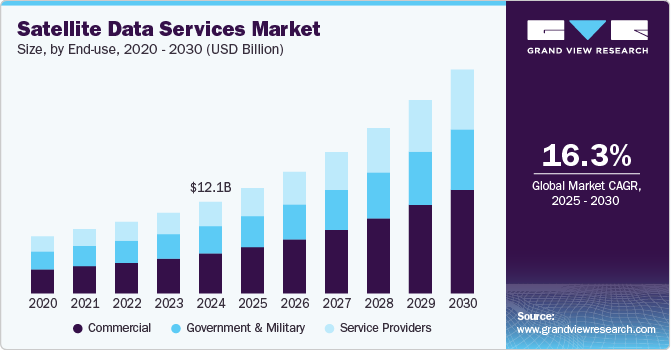Data Center Support Infrastructure Market Size, Share & Trends Analysis growing at a CAGR of 8.2% from 2025 to 2030
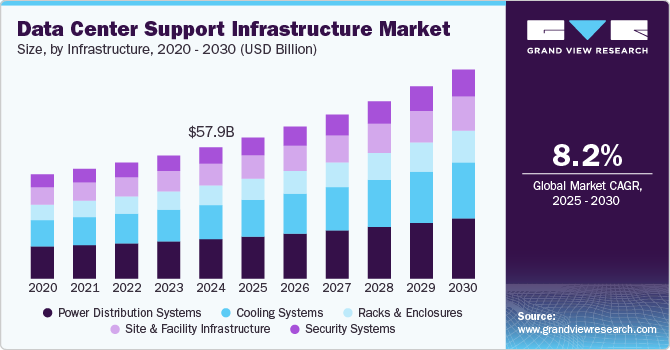
The global data center support infrastructure market size was estimated at USD 57,949.5 million in 2024 and is projected to reach USD 92,227.3 million by 2030, growing at a CAGR of 8.2% from 2025 to 2030. The industry encompasses critical components such as power systems (UPS, generators), cooling systems, racks, monitoring systems, and Racks and Enclosures solutions.
Key Market Trends & Insights
- In terms of region, North America was the largest revenue generating market in 2024.
- Country-wise, India is expected to register the highest CAGR from 2025 to 2030.
- In terms of segment, power distribution systems accounted for a revenue of USD 18,537.4 million in 2024.
- Cooling Systems is the most lucrative infrastructure segment registering the fastest growth during the forecast period.
Market Size & Forecast
- 2024 Market Size: USD 57,949.5 million
- 2030 Projected Market Size: USD 92,227.3 million
- CAGR (2025-2030): 8.2%
- North America: Largest market in 2024
Request a free sample copy or view report summary: https://www.grandviewresearch.com/industry-analysis/data-center-support-infrastructure-market-report/request/rs1
These elements ensure the operational reliability, efficiency, and Racks and Enclosures of data centers.
The rapid adoption of cloud services, big data analytics, internet of things (IoT), and AI-driven Tier Levels is transforming the technology landscape. Organizations across industries are migrating their workloads to the cloud, leveraging its scalability, cost efficiency, and flexibility. This surge in demand for cloud computing fuels the need for robust data centers capable of handling massive volumes of data and ensuring uninterrupted services. To support these operations, data centers require advanced support infrastructure, including efficient cooling systems to manage heat from high-density servers, reliable power backup systems to prevent downtime, and intelligent management solutions for optimal performance and energy utilization. This trend drives continuous innovation and investment in Tier 3, enabling businesses to meet growing digital demands and ensure seamless operations in an increasingly data-driven world.
Hyperscale data centers cater to large-scale cloud operations, offering extensive Power Distribution Systems and computational capabilities, while edge data centers provide localized, low-latency services for real-time Tier Levels like IoT and 5G. The rise of these facilities has created a need for scalable and modular infrastructure to accommodate rapid growth and evolving technology demands. Hyperscale data centers require optimized cooling and power systems to manage high-density workloads, ensuring efficiency and reliability. Edge data centers, on the other hand, emphasize compact and flexible solutions to support deployment in remote or distributed locations. Together, these developments are transforming the data center landscape, driving innovation in infrastructure to meet the diverse and growing demands of modern digital ecosystems.



